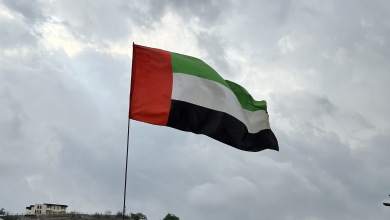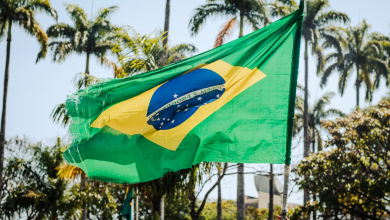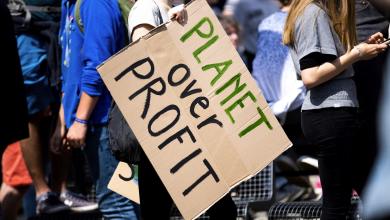Critically Endangered: 5 of the rarest animals on the planet
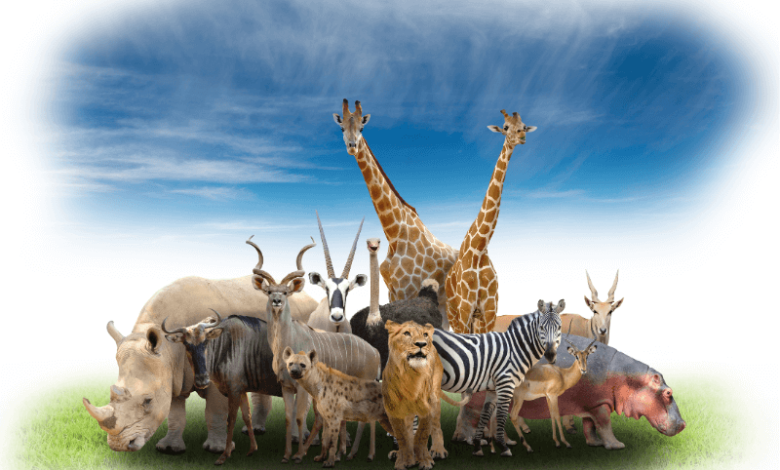
Earth is the only planet in the solar system to have life on it. The life forms range from a whole range of flora and fauna. But most of these are now facing the wrath of climate change and humans have accelerated it so much that the animals are facing extinction.
Critically Endangered Species
Being classified as “Critically Endangered” signifies that a species is on the verge of extinction. This designation is the most severe form of conservation status given to those animals and plants that face extremely high rates of extinction as defined by the International Union for Conservation of Nature (IUCN).
The critically endangered species have limited population, are rapidly declining and their geographical range is highly restricted.
IUCN Red List Categories
The IUCN Red list categories species are based through assessments of their population size, rate of decline, area of geographic distribution and the degree of population and distribution fragmentation. These are segregated into various categories such as;
- Least Concern: Species assessed as having a widespread and abundant population. These do not qualify for conservation efforts.
- Near Threatened: Species that do not classify as threatened but are close to being qualified in the near future.
- Vulnerable: Species that are considered to be facing a risk of extinction in the wild.
- Endangered: Species that are considered to be facing a very high risk of extinction in the wild.
- Critically Endangered: Those species that are facing an extreme high risk of extinction in the wild comes under this bracket. Conservation efforts are highly made to revive these animals.
- Extinct in the Wild: These plants or animals are only known to survive in cultivation, in captivity or as a naturalised population outside its historic range.
- Extinct: Species which have perished from the face of the earth and has no single living member left on the planet.
The top 5 rarest animals on the Earth
There are a lot of animals that are facing extinction right now among them these are the 5 most rare of them all. See below.
Northern White Rhinoceros:
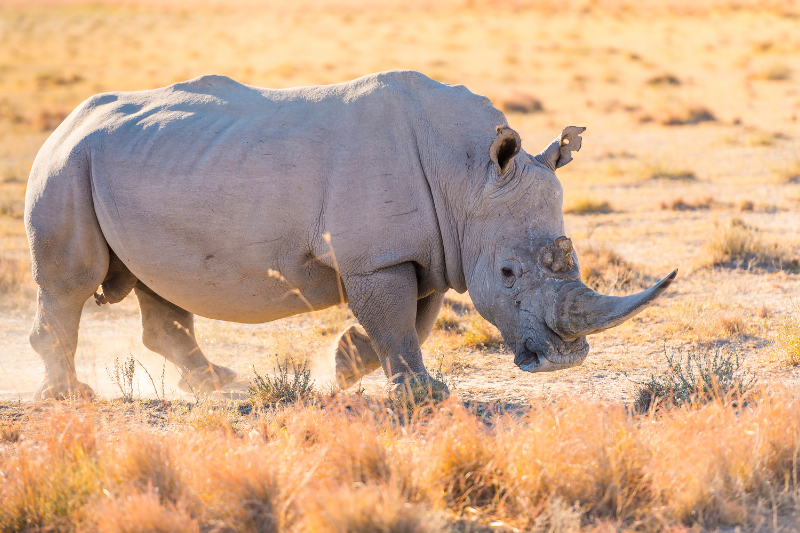
The northern white rhino are the rarest of the rare species right now, only a couple females of them remaining in the Ol Pejeta Conservancy located in Kenya. The last male died in 2018 in the same place. Poaching for their horns and habitat loss were the main reasons for this situation.
Vaquita:

Only 10 remaining in the northern half of the Gulf of Mexico, it is the most endangered marine mammal on the face of the Earth. It is a small porpoise and is under threat from gillnet fishing used to capture the totaboa whose bladder is highly valued. Vaquitas are very elusive in nature and therefore conservation is a challenge. These mammals live in small murky lagoons and feed on small fish and squid.
Hainan Gibbon:

30 of them exist on the face of the Earth and are located in China’s Hainan Island. Deforestation and hunting has diminished the species nearly to extinction. Conservation efforts are underway along with habitat protection and reforestation. It feeds on insects, fruits and leaves.
The South China Tiger:
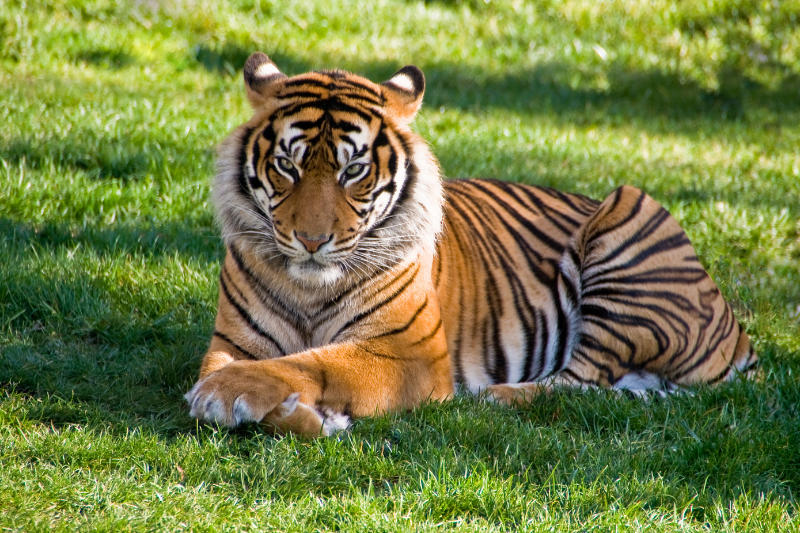
The South China Tiger once prevalent throughout China is now extinct in the wild and only 40 of them survive in captivity. The situation has turned like this due to habitat destruction and extensive hunting campaigns. Conservation programmes include breeding programs and then reintroducing them into the wild.
Javan Rhino:
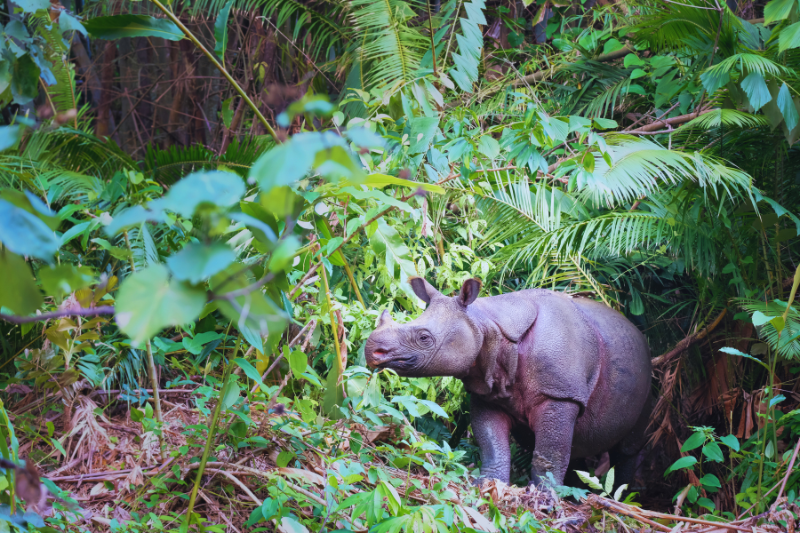
The Javan Rhino is a symbol of conservation in Ujung National Park, Banten, Indonesia. Unlike its African relatives, the Javan Rhino is a solitary creature and lives in dense rainforests and mud wallows making its conservation tough. Only 72 of these gentle creatures are left in the wild.
READ MORE : Methane Gas Emissions Growing Fast, Causing More Global Warming
